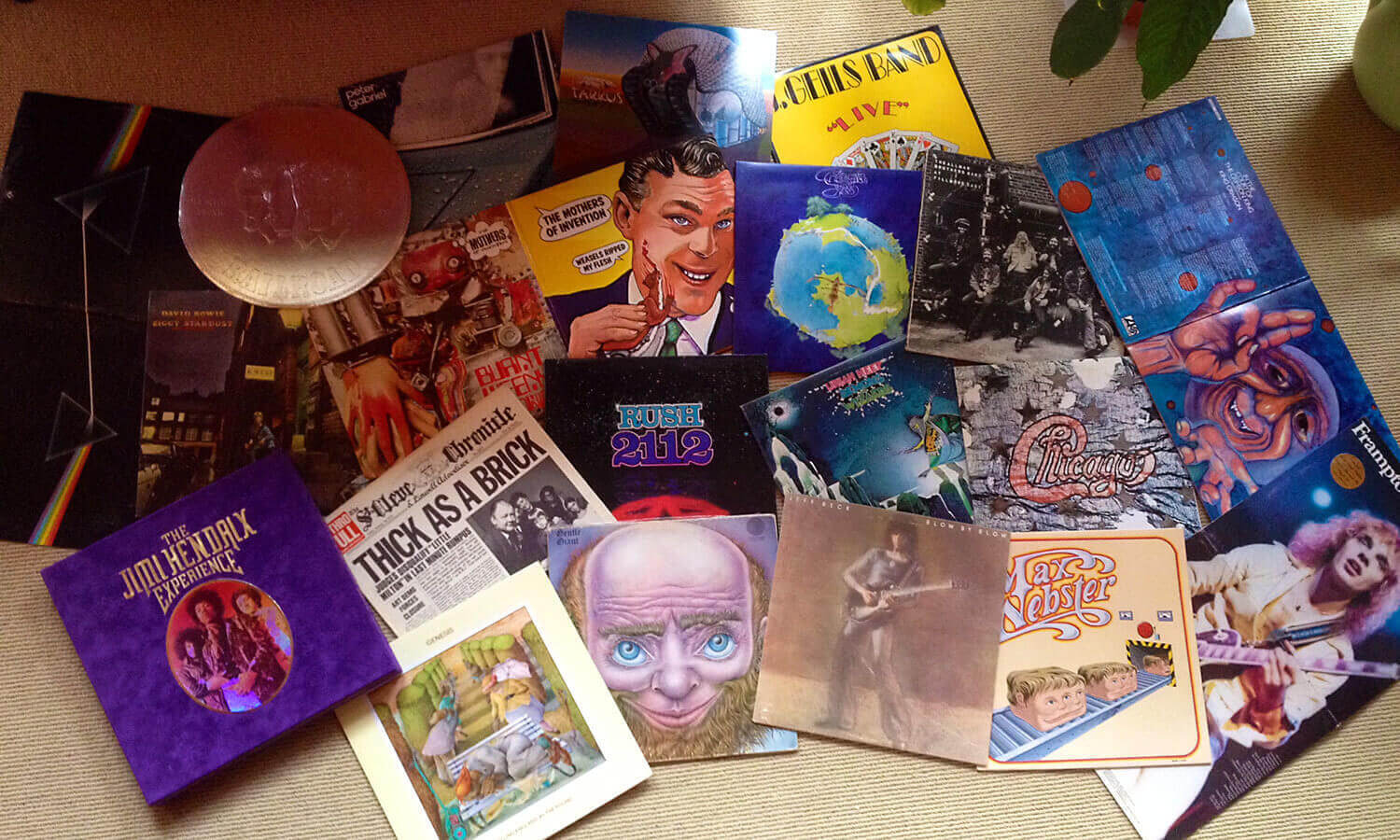It’s Only Graphic Design (But I Like It).
With apologies (and many, many, many thanks) to The Rolling Stones.
My ‘formative years’, as they say, were the 60s and 70s. And that’s why I became a graphic designer.
I was maybe 5 years old when I first heard The Beatles She Loves You on the radio in my parents house in rural England. We (the neighborhood kids at least) all knew something about that sound was kick ass. What we couldn’t know was that we were essentially present at the birth of a genre of music that would dominate our lives and become an incredibly powerful cultural and political force.
Fast forward 8 or 9 years and my big brother and I are hanging out in our tiny shared bedroom in Vancouver. He’s spinning 33 rpm albums on what passed for a sound system back then. (You’d better believe a penny taped onto the top of the stylus was innovation! Google that, kids.) Jethro Tull, The Who, Rod Stewart and the Faces, Emerson Lake and Palmer, Gentle Giant, The Guess Who, King Crimson, Focus, Wishbone Ash, Genesis, UK, The Rolling Stones—the list of awesomeness could go on forever.
What we couldn't know was that our shared experience would lead us both to our careers. While my brother was totally engrossed in the drum solo from Iron Butterfly's In-A-Gadda-Da-Vida and the lyrics to Frank Zappa's Montana, I was totally engrossed in the album cover design and liner notes from Pink Floyd's Dark Side of the Moon, 10cc's The Original Soundtrack and Black Sabbath's Technical Ecstacy.
He went on to drum lessons (yes, questionable parenting there) and a music-driven career, first as a drummer in a touring rock band and ultimately as the driving force behind Tempus Drums, whose custom fiberglass drums are a cult favorite among serious players worldwide. I went on to design school and a career as a brand / video / website / communications designer, not really a cult favorite of anyone, but what the hell.
Two thoughts. First, we're basically products of our experiences. And second, the power of music and imagery is unmistakable. The definition of ‘sharing’ when it comes to music and the imagery that surrounds it has obviously evolved along with technology. I have to admit it saddens me a little when I see my kids download songs from iTunes (for a number of reasons, but let’s not get into that here), and to know that the iconic power of the physical album cover—an art form that influenced millions and millions of people (definitely this one)—has pretty much gone bye-bye.
From a branding standpoint the question is simple. Will websites and videos viewed on smartphone screens generate the kind of long-term emotional connections to artists and their work that a pile of 12" x 12" cardboard sleeves did? Time will tell.
Or maybe there's an app for that.
